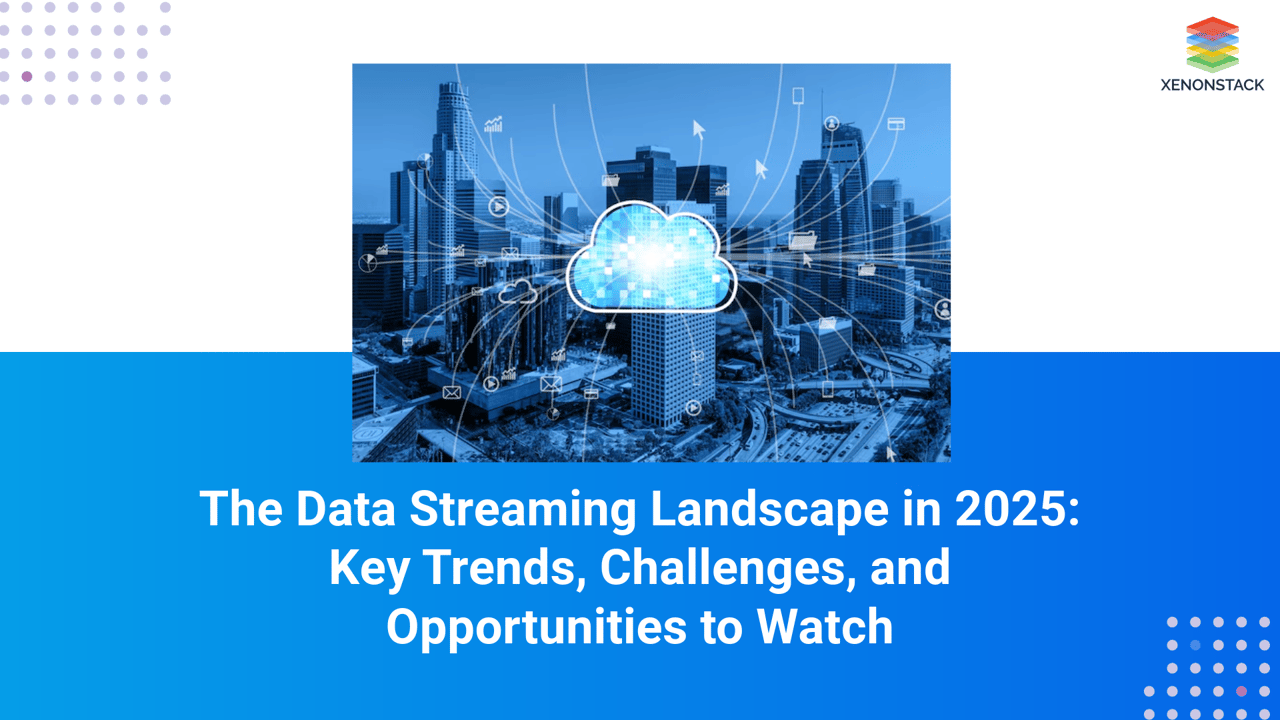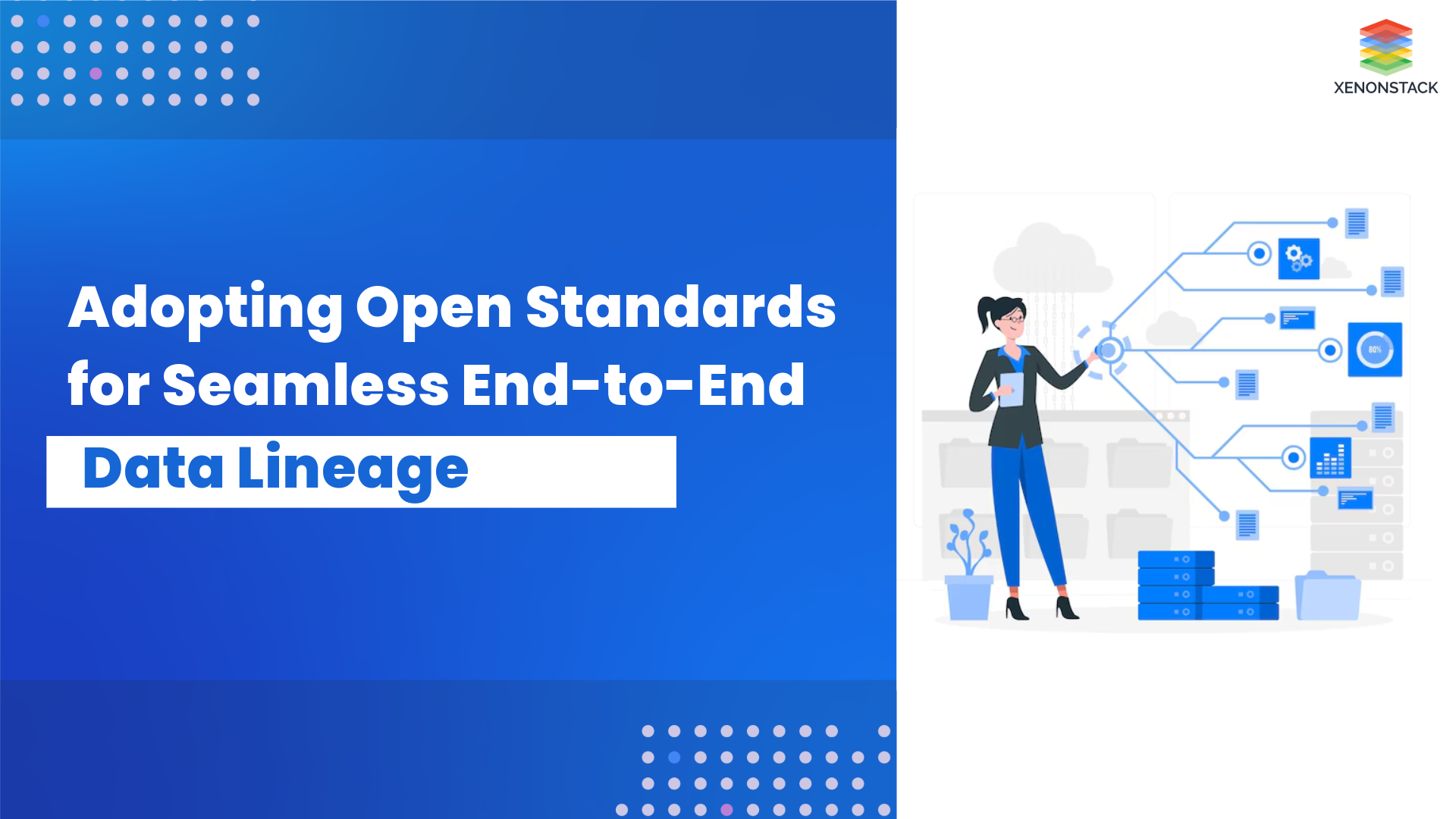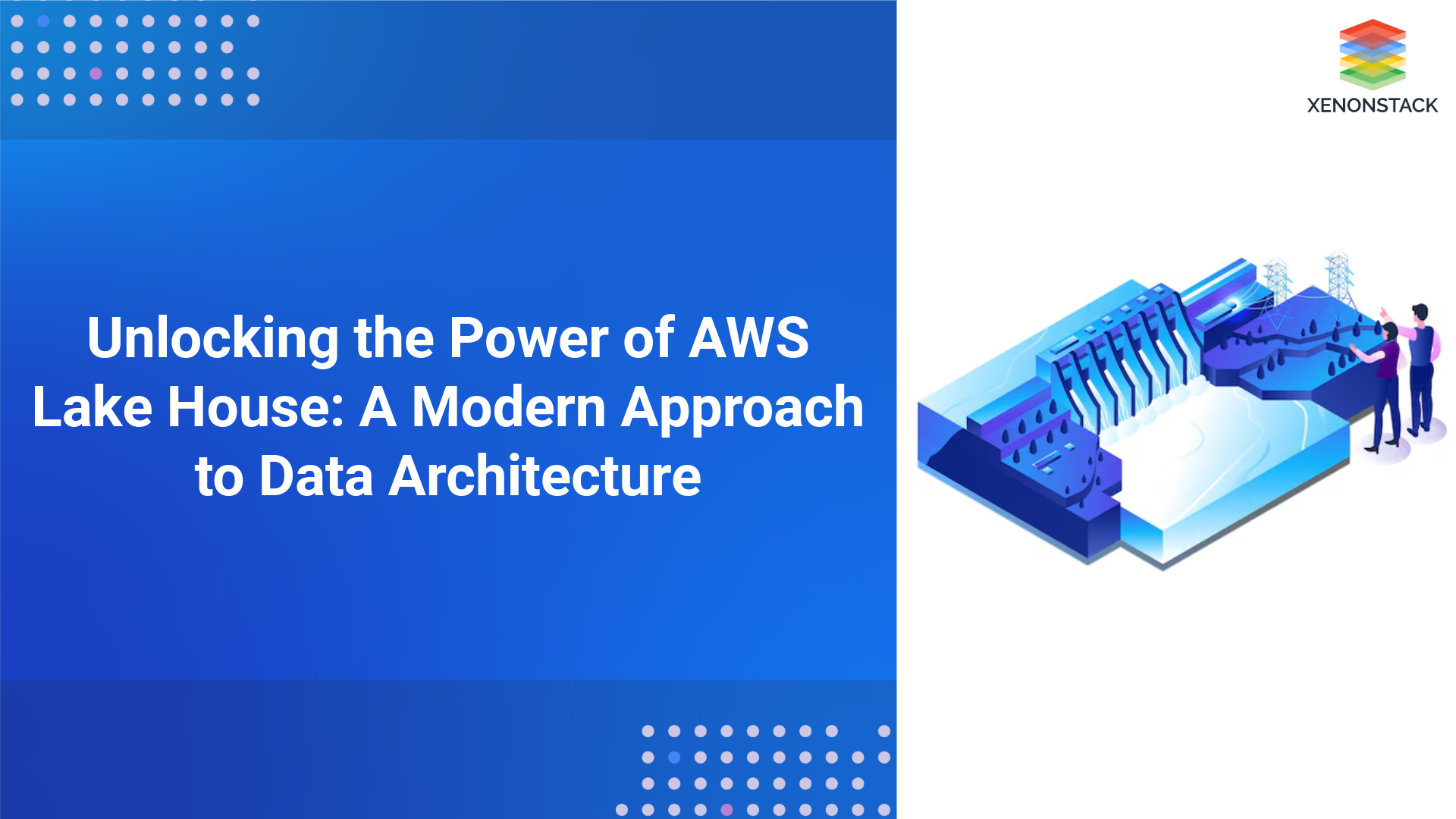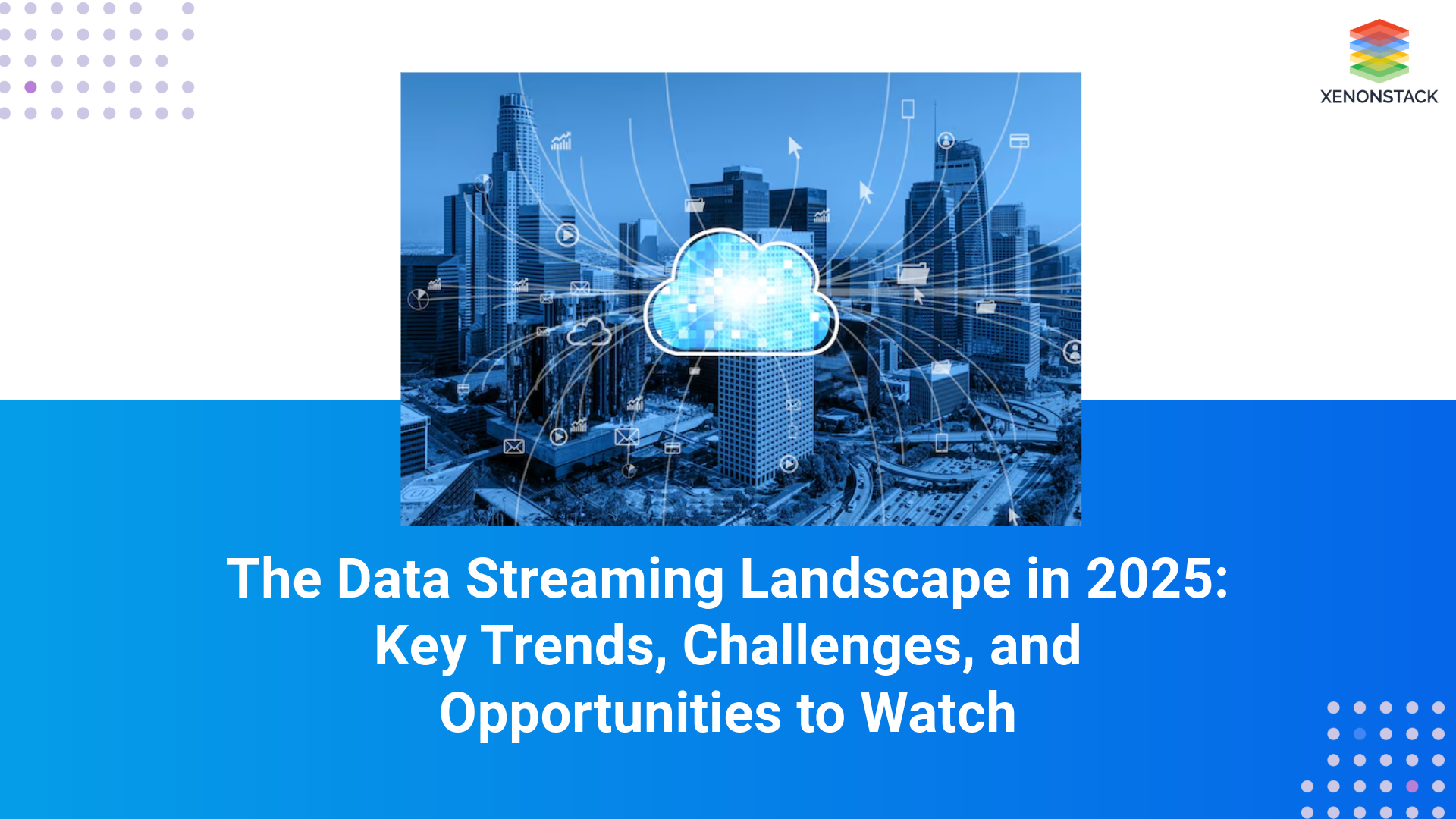
Industry Adoption Trends and Real-World Use Cases
Data streaming has found widespread adoption across various industries, transforming how businesses operate and deliver value. Real-time processing enables faster insights, dynamic decision-making, and personalized user experiences. Here are key use cases demonstrating how data streaming drives innovation and efficiency in different sectors.
-
Finance and Fraud Detection: Financial institutions rely heavily on streaming data to detect fraudulent activities in real time. By continuously analyzing transaction patterns, machine learning models can identify anomalies indicative of fraud, allowing immediate intervention. High-frequency trading platforms utilize streaming data to execute trades within milliseconds, capitalizing on fleeting market trends. Real-time risk assessment systems monitor market conditions and portfolio exposure, enhancing decision-making and protecting assets.
-
E-commerce and Personalized Recommendations: Online retailers leverage real-time customer data to deliver personalized shopping experiences. Streaming data enables dynamic product recommendations based on live browsing behavior, increasing conversion rates and customer satisfaction. Real-time inventory management systems adjust stock levels and pricing dynamically, optimizing profitability. Behavioral tracking, combined with machine learning, helps predict customer preferences and tailor marketing strategies, creating a highly customized shopping journey.
-
Manufacturing and Predictive Maintenance: Industrial IoT solutions stream sensor data from machinery to predict failures before they occur. Advanced analytics on streaming data detect patterns indicative of wear and tear, allowing proactive maintenance scheduling. By minimizing unplanned downtime, manufacturers improve production efficiency and reduce operational costs. Streaming data also facilitates real-time quality control, ensuring that defects are identified and corrected promptly, enhancing product reliability and customer satisfaction.
-
Media Streaming and Content Delivery: Media platforms continuously stream content to users while optimizing delivery networks to reduce buffering and improve playback quality. Real-time analytics on user behavior allow content providers to recommend videos and personalize playlists. Sentiment analysis on social media streams helps gauge audience reactions and inform content strategies and marketing campaigns. By leveraging real-time data, media companies can enhance viewer engagement and drive subscription growth.
Overcoming Challenges and Limitations in Data Streaming
Data streaming offers transformative potential but comes with significant technical and operational challenges. Addressing these limitations is essential to fully harnessing real-time processing capabilities. Below are key challenges that organizations face when implementing data streaming systems.
-
Latency vs. Consistency Trade-offs: Real-time processing often requires trade-offs between low latency and strong consistency. Systems designed for high throughput may implement eventual consistency models, where updates propagate asynchronously. Event sourcing and CQRS (Command Query Responsibility Segregation) patterns help manage these trade-offs but introduce complexity. Designing reliable systems requires careful consideration of use-case-specific latency and consistency requirements to balance performance and correctness.
-
Managing Data Quality and Governance: Ensuring data quality in streaming environments is challenging due to continuous data flows and evolving schemas. Effective governance frameworks must address metadata management, schema evolution, and real-time lineage tracking. Data validation and cleansing mechanisms must be integrated into streaming pipelines to maintain accuracy. Automating governance processes and adopting standards-based frameworks are critical to sustaining data integrity.
-
Scaling Infrastructure and Cost Optimization: Streaming systems generate high volumes of data, necessitating scalable infrastructure. Cloud-based services offer elasticity, but cost management remains a concern. Strategies such as partitioning data streams, optimizing processing intervals, and leveraging spot instances can reduce expenses. Autoscaling solutions dynamically allocate resources based on demand, ensuring cost-efficiency while maintaining performance.
The Future Trends, Predictions, and Innovations in Data Streaming
AI-Powered Stream Processing
The integration of artificial intelligence into stream processing frameworks will revolutionize data pipelines. AI-driven models can dynamically optimize data flow routing, prioritize critical events, and automate anomaly detection. Reinforcement learning algorithms will adapt streaming systems to changing data patterns, enhancing efficiency and resilience. Autonomous stream processing will enable smarter, self-healing data architectures.
Privacy and Security Enhancements
Emerging privacy regulations, including GDPR and CCPA, are driving innovations in secure data streaming. Techniques like homomorphic encryption and secure multi-party computation allow real-time analysis of encrypted data, protecting sensitive information. Data anonymization, tokenization, and differential privacy mechanisms further enhance compliance. Future advancements will focus on scalable and efficient privacy-preserving streaming solutions.
Edge Computing and Distributed Streaming
Edge computing will transform data streaming by processing data closer to its source. This reduces latency and enables real-time applications in autonomous vehicles, smart cities, and remote monitoring. Distributed stream processing frameworks like Apache Samza and Apache Flink are evolving to integrate seamlessly with edge-to-cloud pipelines. The fusion of edge and cloud computing will unlock new possibilities for real-time analytics and automation.
How Data Streaming Innovations in 2025 Will Transform Industries
As we move further into 2025, data streaming will continue to revolutionize industries by enabling real-time insights and decision-making. From AI-driven stream processing to edge computing breakthroughs, innovations will reshape how businesses and consumers interact with data. Organizations that embrace these advancements will gain a significant competitive advantage in the data-driven economy.




